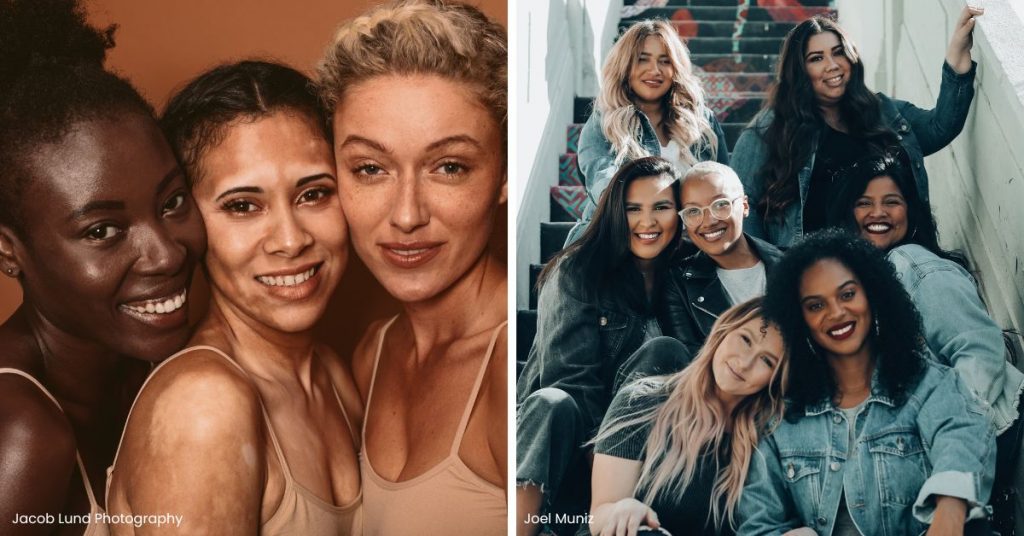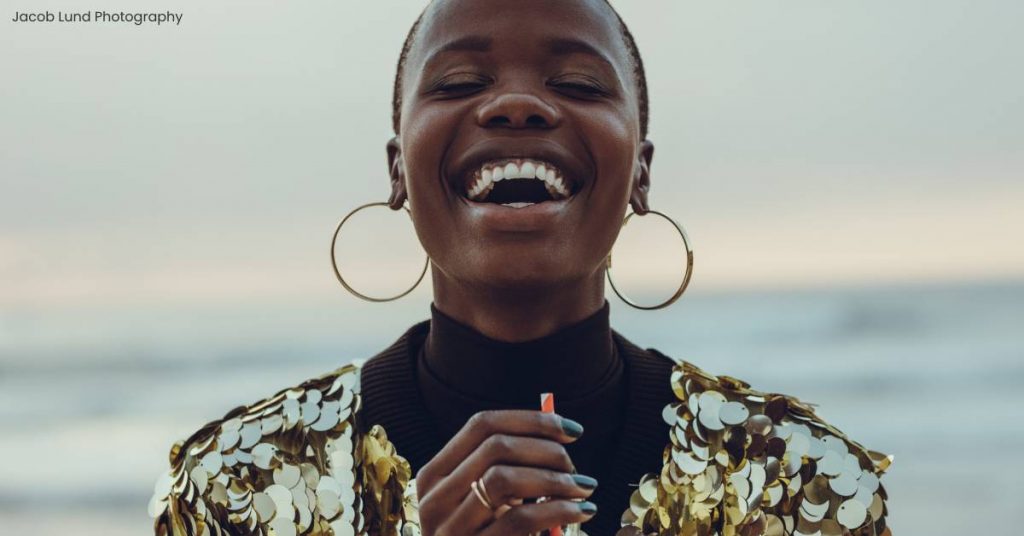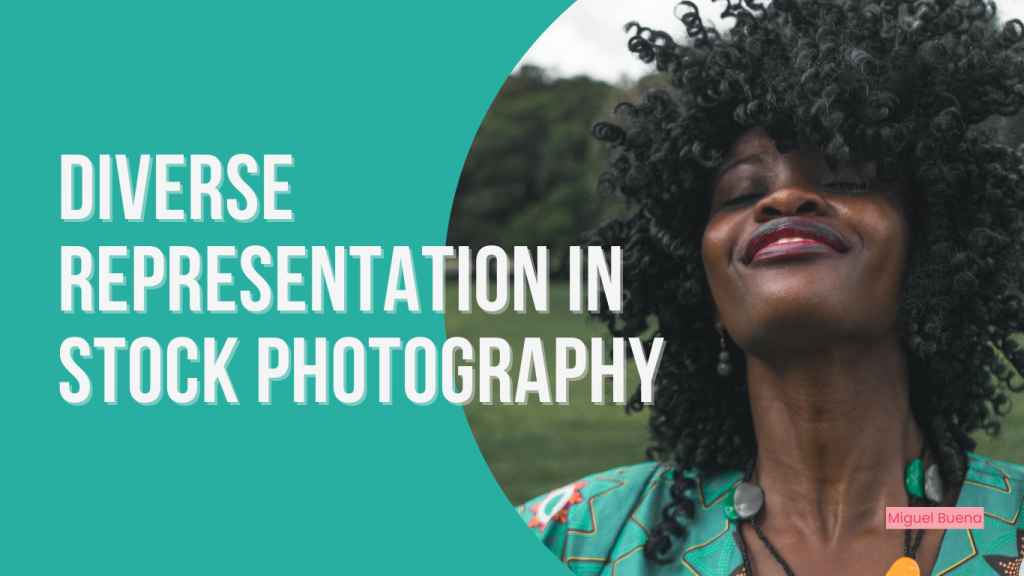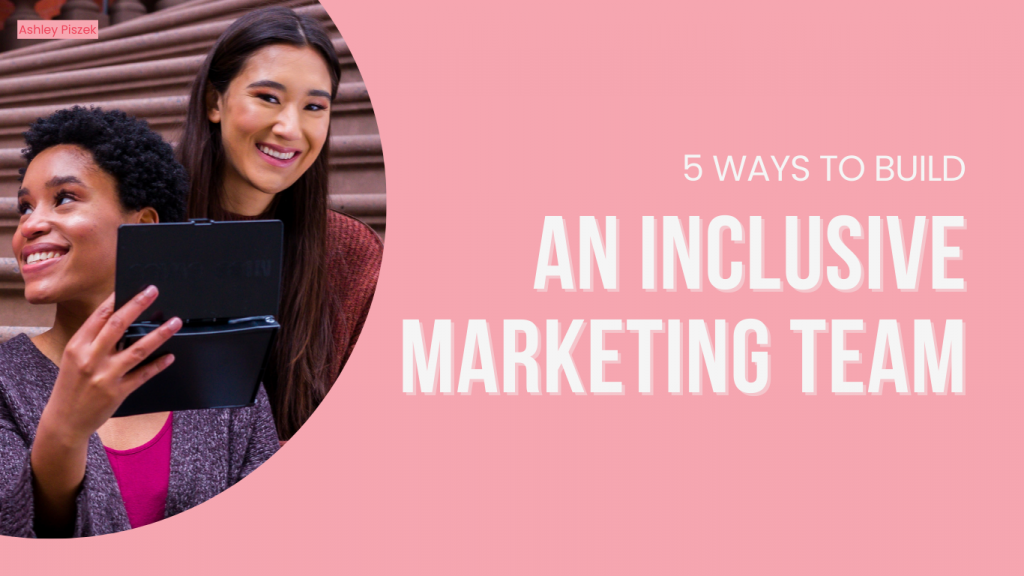
You’ve probably seen a model who looks like this more times than you can count.
She’s light-skinned. She probably has soft curly or wavy hair — what some might describe as the “perfect” hair texture (not too coily and not too straight). You know she isn’t white, but it’s not clear what her race or ethnicity is. You might even hear people call this model “exotic” or “racially ambiguous” — a term that describes someone whose racial or ethnic background isn’t obvious based on their looks.
Models like this are being used more and more in ad campaigns because marketers believe it will give their brands mass appeal among non-white consumers.
This trend isn’t new. The very curated “racially ambiguous look” has paved a path for many successful modelling careers since the early 2000s and there seems to be a general fixation on the attractiveness of mixed-race people. But this approach is problematic because it doesn’t honour the individual heritage of the people who want to connect with brands. In fact, it can often be alienating for people whose appearances do not match this popular aesthetic.
We know people want brands to be more inclusive. Around 70% of people expect brands to promote diversity and inclusion in their online advertising. More than 60% say that lack of diversity will impact what they think of the brand’s products and services. But it is not fair nor realistic to assume that one specific, hand-picked look can represent a multitude of different cultures.
The strategy of using “racially ambiguous” models will never solve a brand’s diversity problem.
Here’s why:
It is lazy and tokenistic
Brands that use “racially ambiguous” models as a catch-all for diverse representation are hoping for shortcuts instead of investing the necessary time and energy to understand their audiences. The intention is to check a diversity box, not to build an authentic connection to folks who want to feel seen, heard and like their existence is valued by brands.
The fatal flaw in this particular marketing strategy is that it focuses on looks and looks alone. It fails to recognize that true representation is about uplifting historically marginalized voices and holding space for diverse experiences and perspectives.
Using images to pretend that you have any cultural understanding of diverse communities — and pretending to engage with those communities in a meaningful way while making no tangible efforts to do so — is performative.
It is short-sighted
One in four people in Canada is part of a racialized group, including people who have mixed backgrounds. Marketers believe that they can use a multiracial model who looks Black enough or Hispanic enough to draw in large segments of the racialized population. This model is meant to represent people whose ethnic and cultural heritages range from Arab to African to Latin American and more.
All racialized people have a set of shared lived experiences, and they will differ from group to group because of social, political and historical contexts. Don’t be a brand that makes the mistake of trying to paint everyone with the same brush.
Assuming that people of diverse backgrounds will relate to a model just because they don’t look white is a shallow and offensive response to calls for representation. It sends the message that brands believe everyone under the BIPOC (Black, Indigenous and Persons of Colour) umbrella is the same and it completely disregards the existence of intersectional identities.
It is harmful and colourist
The unspoken truth behind the decision to cast “racially ambiguous” models in ad campaigns is that they are a safe bet because of their assumed proximity to whiteness. You cannot disrupt traditional media ideals by upholding colonial standards of attractiveness, and yet that is the very goal of the strategy we see.
“In the media, mixed-race people with white ancestry served a form of diversity that was particularly palatable to audiences used to white dominance; they were different enough to stand for values of diversity and equality, but familiar enough to be recognizable and non-threatening. Their existence suggested that the future could be multicultural and still comfortably white.”
Anita Sengupta
Marketers claim that models like the one above can represent any ethnicity and appeal to multiple demographics (at least those who are light-skinned). This false assumption completely ignores the existence (and the beauty) of those who were born with darker skin, which has been a long-standing problem across the world for centuries.
Brands that claim to support diversity and inclusion while favouring light-skinned models are perpetuating the narrative that darker-skinned people are less attractive and have less value.
On top of all this, it is incredibly offensive and even dangerous when brands start marketing the “mixed-race look” as something that can be bought and tried on. We see this often in the fashion and beauty industry where tanned skin, curvy hips and plump lips are promoted as a desirable aesthetic or lifestyle. Meanwhile, the people who have such features naturally are often overlooked and underrepresented in media.

It is ineffective
Racialized folks can spot surface-level diversity efforts from a mile away. We have unlimited access to information at our fingertips. It doesn’t take much to find brands that promote diversity and inclusion to the outside world while their internal culture and policies create the opposite.
People vote with their wallets now more than ever, which means they will invest in brands whose values align with their own. This is particularly true among younger generations. According to Deloitte, 90% of Gen Z consumers are more willing to purchase products that they deem beneficial to society.
If brands are not making a genuine, holistic effort to live out the values of diversity, equity and inclusion — from hiring and talent retention to how products are developed and where they are sold — they cannot expect to gain the attention, trust and loyalty of consumers by making calculated decisions to use “racially ambiguous” models at opportune moments.
Moving beyond the diversity checkbox
Diversity in advertising and marketing isn’t about ticking a box on some scorecard. It’s about authentically representing stories about the communities of people you wish to serve. If the default response to demands for more representation of people of colour in campaigns (especially those who identify as Black) is to book or source images of “racially ambiguous” models, you need to stop and question your true intentions.
While it is nice to see more diversity in the media we consume every day, authentically inclusive marketing requires us to move beyond using the standard “mixed-race look” as a creative convenience.
Here are 3 things you can do instead to avoid a tokenistic, short-sighted, ineffective, and colourist approach to marketing:
1. Understand your audience
Consumers want brands that represent them and their values, so good marketing requires a deep understanding of your target consumers. You need to know who people are (their wants/needs, motivations, goals, greatest challenges and fears, etc.) and where they come from (their origins, historical context, societal barriers, etc.).
2. Invest in diversity behind the lens
This can be done in one of two ways:
First, you can work with photographers and videographers who come from marginalized communities to ensure that the images they capture honour models in the right way.
Second, you can use inclusive stock photo/video sources where the curators and creators have spent the necessary time and energy to ensure that diverse communities are portrayed in an authentic way.

3. Intentionally cast dark-skinned models
In the summer of 2020, following the murder of George Floyd and the increase in Black Lives Matter protests, there was a spike in images featuring dark skin tones in the Instagram posts from 70 top beauty brands. By the fall, those beauty brands went back to their old norms of featuring dark skin tones in only 13% of their Instagram feed.
Inclusive marketing is not a trend. It is a movement towards a better future. Brands have the power to shatter stereotypes by casting models that represent the world around us instead of those who uphold specific colonial norms. Making a concerted effort to find and cast dark-skinned models is one way to disrupt the status quo.
To be clear, there is nothing wrong with giving space to models who fit the “racially ambiguous” aesthetic — so long as they are chosen because they can portray the stories you wish to tell in an authentic way. In the end, if your goal as a marketer is to actually be inclusive, you’ll do the work to understand your audience and represent their true lifestyles and cultures.
There are no shortcuts to real inclusion
People often want to checklist their way through inclusive marketing. The reality is, there are no shortcuts.
On the surface, using “racially ambiguous” models to appeal to a broader audience might seem like a step in the right direction — a move to push the boundaries of diverse representation. But when you base decisions on a pre-existing system of racism, colourism or discrimination, you’re not moving the needle at all. You are simply faking cultural awareness without having any depth of understanding for the people you claim to care about — and I promise, you will be called out for it.
Free resources for inclusive marketers
If you need help diversifying your brand’s visual identity, check out my free guide to inclusive stock photography and this video on how to build an inclusive marketing team.

